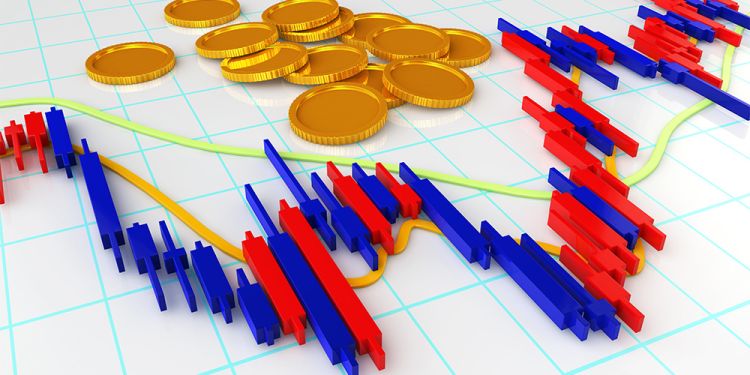It is that form of market in which there are large numbers of sellers selling differentiated products which are similar in nature but not homogenous, for eg., the different brands of soap. This are closely related goods with a little difference in odour, size and shape. We separate them from each other. The concept of monopolistic competition was developed by an American economist “Chamberline”. It is a combination of perfect competition and monopoly.
Features:
v Large number of sellers and buyers: In monopolistic competition the number of sellers is large and each other act independently without any mutual dependence. Here the action of an individual firm regarding change in price has no effect on the market price. The firms under monopolistic competition are not price takers.
v Product Differentiation: Most of the firms under monopolistic sale products which are not homogenous in nature but are close substitutes. Products are differentiated from each other in the following ways: (a) Real Differentiation : These types of product differentiation arises due to differences in the quality of inputs used in making these products, differences in location of firms and their sales service. (b) Artificial Differentiation : It is made by the sellers in the minds of the buyers of those products through advertisements, attractive packing, etc.
v Non-price competition: In this case, different firms may compete with each other by spending a huge sum of money on advertisements keeping the product prices unchanged.
v Selling Cost: Expenditure incurred on advertisements and sales promotion by a firm to promote the sale of its product is called selling cost. They are made to persuade a particular product in preference to other products. Some advertisements have become so popular that people use a brand name to describe the product, for eg., brand name is used to describe all types of washing powder.
v Free entry and free exit: There are no restrictions on the entry of new firms and the firms decide to leave the industry. Every firm under monopolistic competition earns only normal profits in the long run and there arises no supernormal profit nor loss.
v Independent price policy: A firm under monopolistic competition can influence the price of the commodity to some extent and hence they face an inverse relationship between price and quantity. In this case the price elasticity of demand would be relatively elastic because of the existence of many substitutes.

